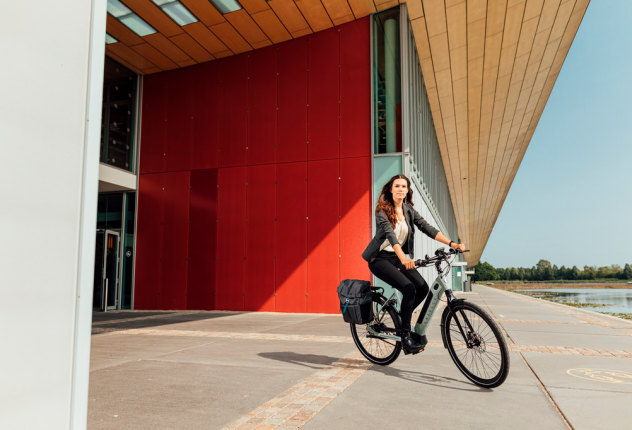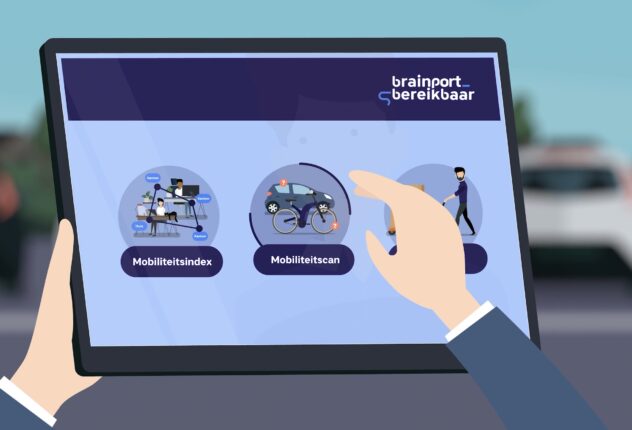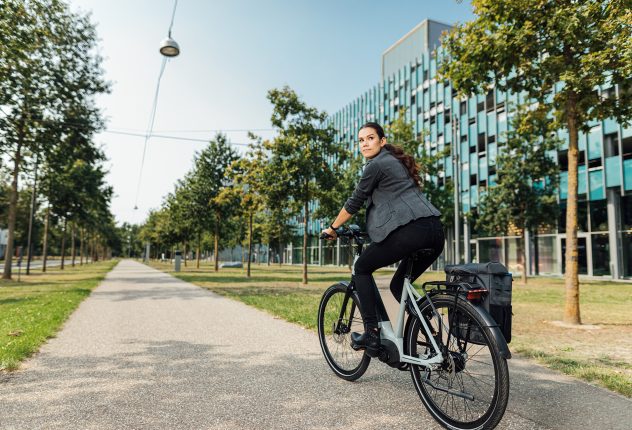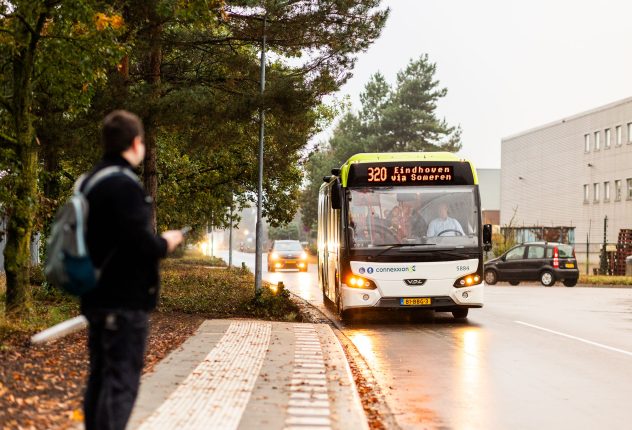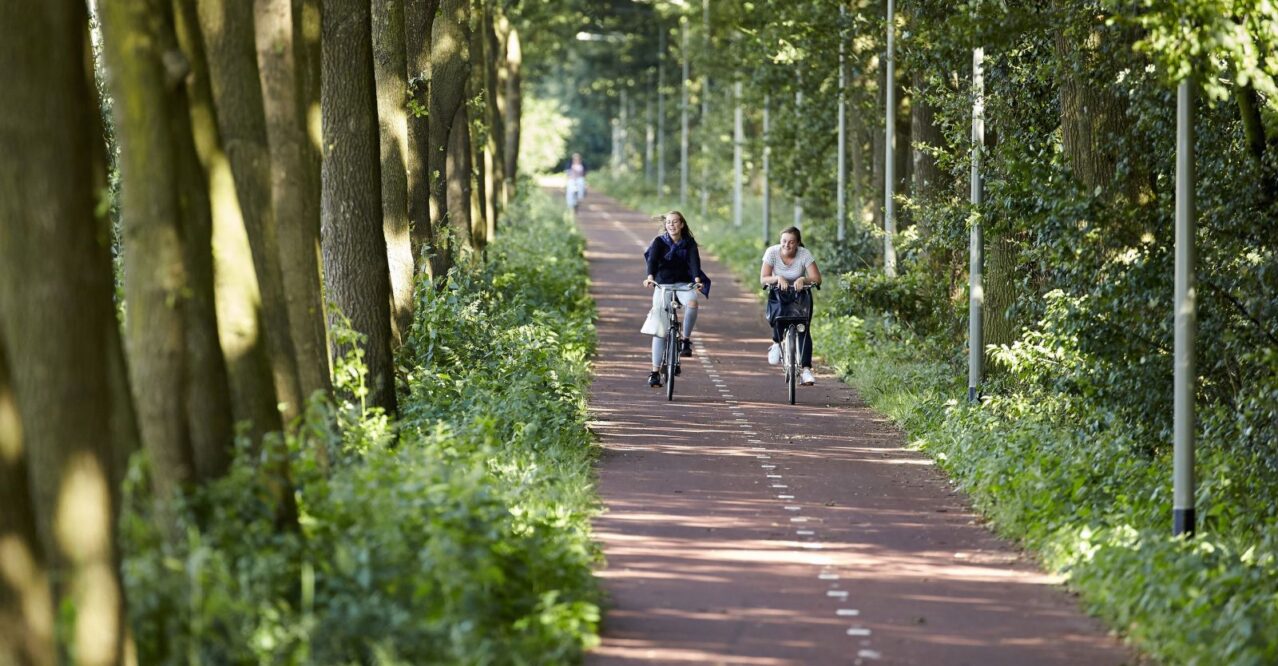
Collectivity is the key to sustainable accessibility
Published on April 14, 2022The Eindhoven Northwest Accessibility Deal is a collaboration between dozens of employers who see that a major mobility problem has arisen in that region. Due to the growth and expansion of companies, car traffic is also increasing. Entrepreneurs and companies share their knowledge in working groups and together map the different types of transport movements in the region. Together with the municipality of Eindhoven and Brainport Bereikbaar, they think about targeted solutions.
Expand under conditions
International School Eindhoven now has 1,100 students and wants to expand to 1,500. ISE has permission from the municipality of Eindhoven for this, provided it addresses accessibility and switches to alternative, sustainable transport. 'The students at ISE are mainly children of expats. They live throughout the region, which means that the majority of parents bring their children by car," says Ruud Jansen (Management and Services Manager, ISE). 'As a result, approximately 800 cars drive to and from campus every morning and afternoon. We have reached maximum capacity there and are gasping for air.'
When Ruud came into contact with a so-called mobility broker from the Brainport Bereikbaar programme, it became clear that ISE could not be missing from the Eindhoven Northwest Accessibility Deal. 'As a large and growing organization, we believe it is a must to tackle this accessibility problem collectively. Together you can find solutions more easily. Consider, for example, adjusting bus services. And we can make good use of each other's knowledge and experiences. Signatories of the deal include ASML, Eindhoven Airport and VNO-NCW Brabant Zeeland. The need for sustainable accessibility is great among these parties. We are growing so fast in this region that traffic is becoming congested. Solutions must be found!'
'The fact that not every parent drives separately to us and then to work already saves dozens of transport movements.'
Collective and sustainable transport
ISE's ambition is to reduce the number of transport movements with 30%. 'That means 200 to 250 fewer transport movements during both the morning and evening rush hours.' To achieve this, Ruud is already outlining a few solutions that ISE is seriously considering. 'Many parents of our target group of students work for ASML. You can therefore choose to use collective transport between the ASML location and our school. The fact that not every parent drives separately to us and then to work already saves dozens of transport movements.'
A hub, just outside the 'green lung' (the green area where ISE is located), is also being explored. 'Parents can drop off their child there, and we will then drive them through the green area to the campus using electric transport (e.g. trains or buses). This way you pay extra attention to the green character of the environment, through sustainable and collective transport.'
Eco-school already quite sustainable
Jansen is confident that ISE can meet the major challenges. 'We are a so-called Eco-school. Sustainability is already a big item for our target group. Many of the cars parents take their children in are electric, but not all of them yet. So the will and awareness among the parents is there. If you add to this the collaboration with other parties in the accessibility deal, you can conclude that sustainable accessibility is feasible in this region!'
Five tips on the road to sustainable accessibility
- Have your employees gather at a hub, from where they travel collectively to the work location.
- Collectivity is the key to sustainability. Join a regional accessibility deal and be open to each other's ideas.
- Ask 'the young generation' for creative ideas. We involve our students and see that they come up with great solutions with an open mind, such as a cycling challenge with classmates.
- Create support among your target group through theme meetings on sustainable mobility. Make sure that your target group (in ISE's case: parents taking their children to school) knows what mobility challenge the region faces.
- Advice to all companies in the region: vary working hours where possible and let people alternate working from home.
Get inspired
Do you want to keep Brainport accessible? Join us. We would be happy to discuss this with you. To work on opportunities, innovations and solutions. Because we can only do that together. Contact us at info@brainportbereikbaar.nl.

